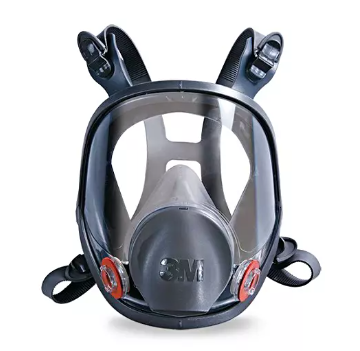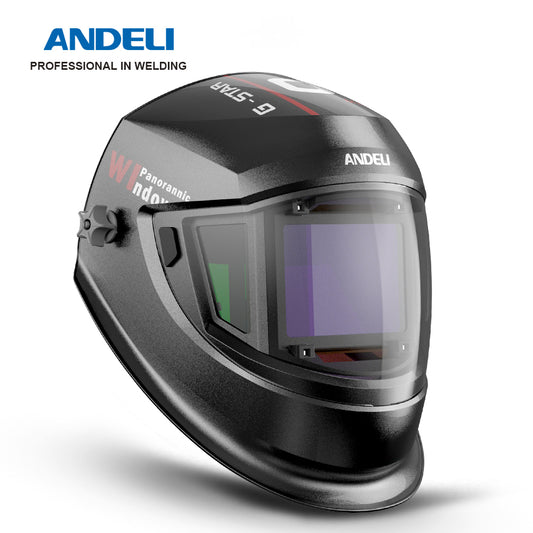Head equipment protects against impact blows to the head. Helmets come in different classes and don't offer the same level of protection. So, finding a helmet type suited to the work environment is highly important. The American National Standards Institute (ANSI) categorizes helmets into different types and categories:
- Type 1: These are helmets with a full brim more than 1¼ inches wide around the entire hat
- Type 2: These helmets come with a short brim that extends forward from the crown
There are three electrical performance classes:
- Class A: protects the head against low-voltage electrical conductors, impact, and penetration. Helmets get proof-tested at 2,200V of electric charge for certification purposes.
- Class B: These are utility service helmets, and they protect against penetration, impact, and high-voltage electrical conductors. Proof-testing for class B occurs at 20,000V.
- Class C: Class C helmets are typically made from aluminum and only offer penetration and impact protection. Thus, they should not be used in areas with electrical hazards.
The voltages indicated in Classes A and B don't state the voltage the helmets protect wearers. Helmets also get tested for penetration and impact resistance from flames, water absorption, and blows to the top of wearers' heads.
The information contained in this article is intended for general information purposes only and is based on information available as of the initial date of publication. No representation is made that the information or references are complete or remain current. This article is not a substitute for review of current applicable government regulations, industry standards, or other standards specific to your business and/or activities and should not be construed as legal advice or opinion. Readers with specific questions should refer to the applicable standards or consult with an attorney.
 (508) 492-8975
(508) 492-8975








